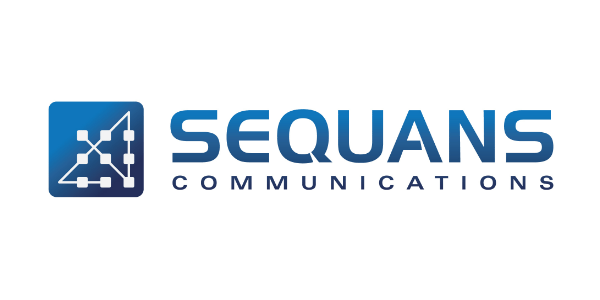Editor’s note: On June 22, RCR Wireless News published a contributed piece from analyst Mike Krell of James Brehm & Associates LLC titled “Analyst Angle: 5 reasons Qualcomm is soon to be anointed king of IoT silicon.” Here the Georges Karam, president and CEO of Sequans, responds to the arguments made in that piece.
In your article crowning Qualcomm king of IoT, you talked a lot about the computing capability of the IoT device, but frankly when you talk about IoT, it’s about more than just the computing capability, it’s about three components — it’s about computing, it’s about sensors, and it’s about connectivity. Computing is very important, but in the IoT world computing is quite often based in the cloud and less so in the device. That’s the case even if we think about smart IoT devices, where local computing capabilities remain limited.
So, since the computing function is located in the cloud, the two key technologies required for IoT devices are sensing and connectivity. The advantages of Qualcomm’s great processing capabilities are valid for smartphone and tablet applications, but are much less useful for IoT devices where the point is to minimize local computing to save power consumption and cost.
IoT is about observing the world in real time in order to act on it and make life better.
Today, low cost sensors are widely available and we can connect them to all the things we want to observe, extract the data we need, and send the data to the cloud where powerful computing and artificial intelligence can be used to drive decisions.
After cloud computing and sensor technologies, the key component that makes IoT real is the connectivity. It needs to be wireless if we want to have sensors everywhere but more important it needs to be ultra low-power — since IoT devices are often battery-powered — and ultra-low cost to drive scale. We can use bluetooth and Wi-Fi and rely on a gateway to bridge the connection from the sensor to the cloud, but we realize very quickly that a large majority of IoT applications require a direct WAN connection to the cloud and cannot go through a gateway. In other words, an ideal solution is a cellular connectivity solution.
Previously IoT devices used 2G cellular that was designed for voice and isn’t power efficient. Even if we use LTE Cat 1 technology for IoT — which, by the way, Sequans optimized for IoT and brought to market first — we recognize that it was not designed ideally for IoT because the cellular technology ecosystem had never focused on IoT. Then came some proprietary technologies such as LoRa and Sigfox to address the low-power WAN requirements of IoT. Then, the 3GPP, understanding the importance of IoT, came up with a completely new standard, LTE-M and NB-IoT, defined for low-power consumption and ultra-low cost wireless connectivity for IoT. The beauty of the new standard is that it is backward-compatible with the 4G mobile broadband wireless technologies and cellular networks can be upgraded easily to support it.
The cellular industry was originally focused on mobile broadband and business has been driven by large market players. You need to have a Qualcomm working with a Samsung to achieve economies of scale. Samsung selects the Qualcomm chip; then Samsung brings its mobile phone to market and sells it through the carriers. So you essentially have three parties — the carrier and Samsung building the device, and Qualcomm making the chip. From that standpoint the concept of Qualcomm as king makes sense.
However, when it comes to IoT, the market is more diverse and open. The number of IoT applications and market players is very large. The market tends to be fragmented with many players in the value chain including the carriers, and makers of chips, modules, devices, applications, etc. To become the king of this market, you need to play differently.
Sequans saw IoT as our play and we said we were going to make a brand new chip optimized for the IoT in terms of power, size, and cost, and we were the first to come to market with a solution — our Monarch chip — which was designed from scratch to be optmized for LTE-M and NB-IoT. The advantage of this optimization is seen in the tremendous improvement in power consumption Monarch has enabled — when you compare the idle power consumption of Sequans Monarch chip to the power consumption of Qualcomm’s MDM9206 chip, you see that Monarch consumes eight to ten times less power than the Qualcomm MDM9206.
No doubt about it, Qualcomm is the king in the cellular broadband chip market, but being the king of cellular broadband doesn’t make you the king of IoT by default. The IoT market is completely different and you become a king there only by merit.

